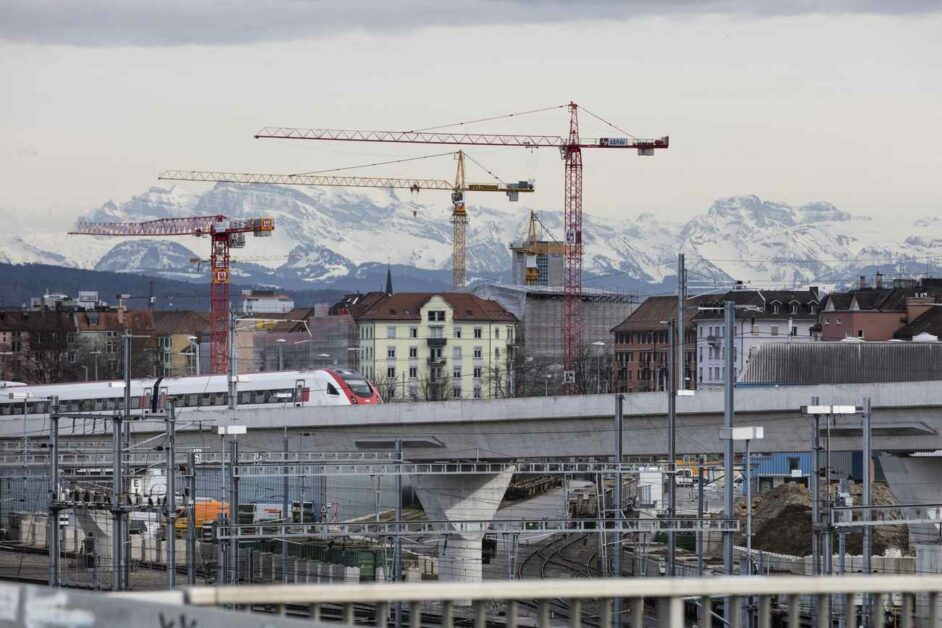Tue, Apr 23rd 2024
Recent statistics reveal significant demographic and social shifts in Swiss urban centres, including population growth, religious affiliations, and political dynamics.

Three quarters of the population in Switzerland live in urban areas, and population growth is mainly taking place there. Cities also have a higher proportion of foreigners. In cities, fewer and fewer people belong to a religion. This is according to statistics on Swiss cities published by the Swiss Association of Cities on Tuesday.
According to the statistics, the population in urban areas has been increasing for a hundred years – with the exception of the 1980s, which were marked by urban flight.
One hundred years ago, only a third of the Swiss population lived in urban areas.
The proportion of younger people in cities has steadily decreased over the last 50 years. In 2022, the under-19s still made up a good 19% of the permanent resident population there.
German is the main language spoken by 59.5% of people in Swiss cities, and French by 22.8%.
At 32%, the proportion of foreign nationals in the cities is above the national average of 26%. Cities in French-speaking Switzerland have a higher proportion than cities in German-speaking Switzerland.
Since 2000, the proportion of people with no religious affiliation has risen sharply: in the cities, around a third say they do not belong to any religion. The proportion of people who feel they belong to a traditional religion is decreasing overall, most strongly among the Protestant Reformed.
The strongest political forces in city governments and parliaments last year were the FDP and SP. The Free Democrats took 25% of the seats, followed by the SP (21%) and the Center Party (15%). The FDP is also the strongest force in the parliaments (21% of seats), ahead of the SP (20%). The SVP and the Greens came third with 14% of seats each. The FDP has 53 seats in the city councils and the SP 37.
In cities with more than 100,000 inhabitants, the proportion of women in parliament was almost 50%. Overall, however, women were underrepresented in city parliaments, holding 39% of seats. In 2023, women held 32% of seats in governments and are now in the majority in 26 cities.
©Keystone/SDA
